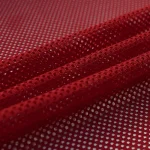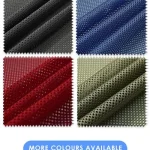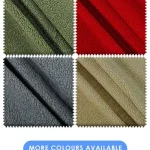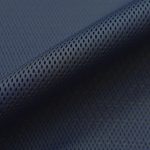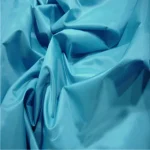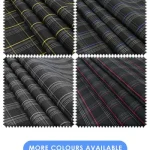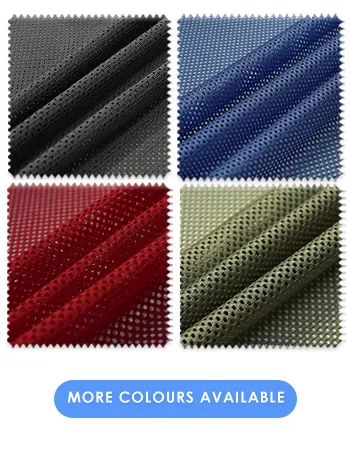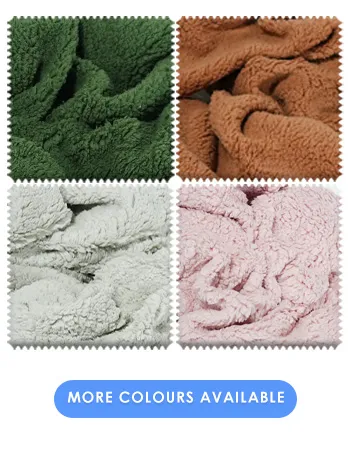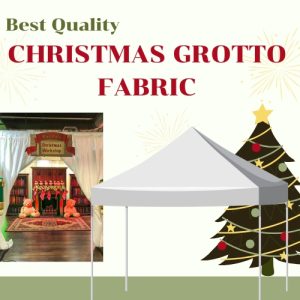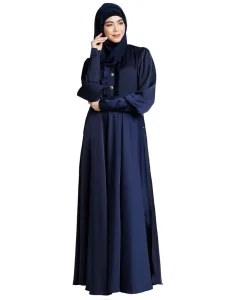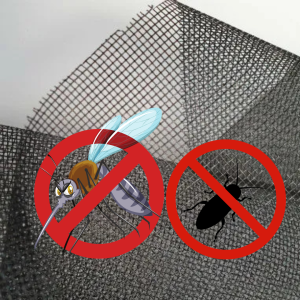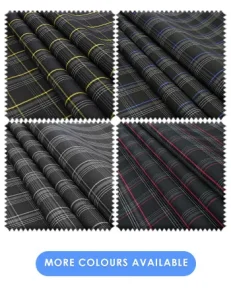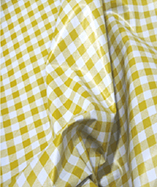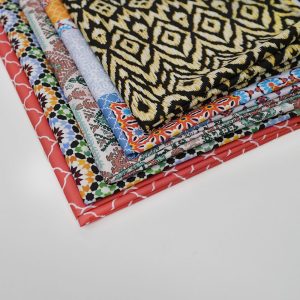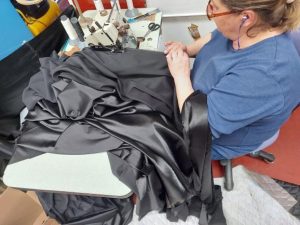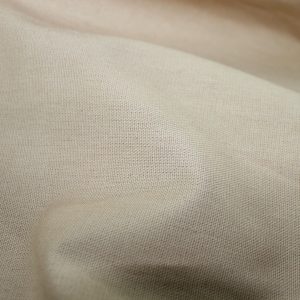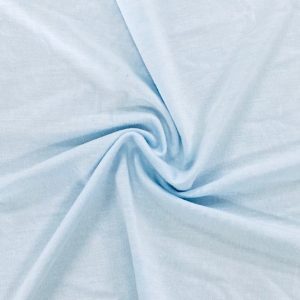Different Fabric Weave Information
Mentioned in the previous posts was how the fibre and yarn can make all the difference when it comes to choosing the right fabric. Now we discuss the fabric weave. Weaving can be a fairly simple to a more complex process depending on the thickness of the yarns, the thread count, the tightness of the weave and the way the warp and weft are interlocked.To alter the weight of a fabric or to make a fabric more opaque or sheer can be achieved by changing the weight of the yarn, the fibre type in the yarns or by varying the number of yarns used (thread count).
Note:
Thread count refers to the number of threads in each square inch of a fabric, it is usually considered that the higher the thread count in a fabric weave, the higher the quality the fabric is, but this depends on what the fabric is to be used for.
The weft which is also called the fill yarn, runs horizontally from selvedge to selvedge. Warp threads run vertically length ways.
Plain weave
Plain weave is the simplest weave and the most commonly used. Each yarn simply goes over and under, over and under without any floating yarns and as a result this weave has the highest number of interlacing points, making a tightly woven fabric that does not snag easily. A balanced plain weave means that the warp and weft yarns are both of the same weight, this is the most frequent type of plain weave. Plain weave fabrics have no wrong or right side and it is a durable weave construction. An unbalanced plain weave just means that a different weight of yarn or more than one yarn is used in either the warp or the weft and this gives the fabric a slight ribbed effect due to more weight going in one directon.
Balanced plain weave fabrics include:
Chiffon| Voile| Organza| Burlap| Lawn| Georgette| Tartan| Calico|
Gingham| Tweed
Unbalanced plain weave fabrics include:
Poplin| Broadcloth| Crepe de chine| Taffeta| Shantung| Ottoman
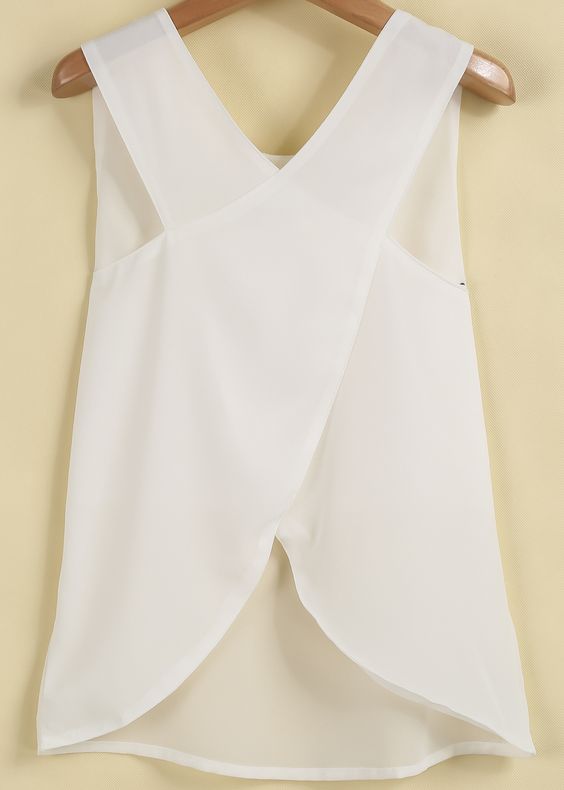

Twill weave
Twill weave is when the weft yarn travels over and under two to four warp yarns. Twill weaves have diagonal lines on the surface and the face of the fabric has a different appearance to the back of the fabric. The appearance of the diagonal lines on a twill weave can vary depending on the yarn count, the yarn size and the interlacing pattern.
Twill weave fabrics include:
Most commonly denim| Herringbone| Gabardine| Serge| Broadcloth| Chino twill| Hounds tooth check

Satin weave
Satin weave is noticeable from the lustrous sheen it gives off. A combination of the weave, yarn (satin uses multi filament yarns) and fibre type gives satin its quality of reflecting light. Satin is made up of warp yarns floating over 5 or more weft yarns. However, due to less interlacing points the long floats can get caught and snag easily meaning the fabric has low abrasion resistance. Satin is often used for bridal fabrics with charmeuse and crepe back satin fabrics being poplar choices of satin.
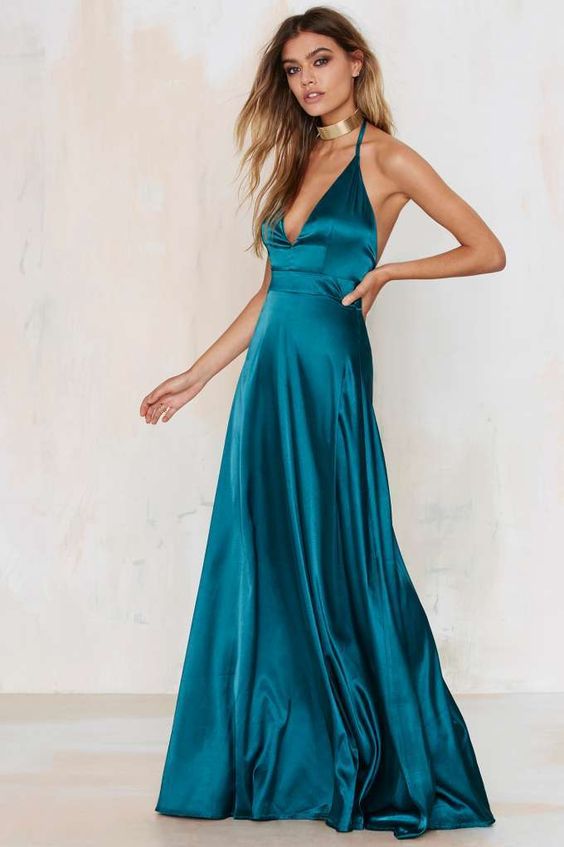
Basket weave
This is when two or more yarns are woven side by side as if it is one thread. Two or more threads can be used in the weft and/ or the warp. Aside from basket weave using two or more threads, it is woven in the same way as plain weave in that it goes over one, then under one.
A balanced basketweave is when the same amount of threads are used side by side in the warp as well as the weft. Fabrics made by this weaving method include:
Duck| Hopsacking
An unbalanced basket weave is when a different number of yarns are used side by side in the warp as to the weft:
Duck| Sailcloth| Oxford- This unbalanced basket weave is made using one large weft yarn and two smaller warp yarns and is a popular choice of fabric for shirting. Pinpoint Oxford is a high quality Oxford due to the long staple cotton used in the yarns.
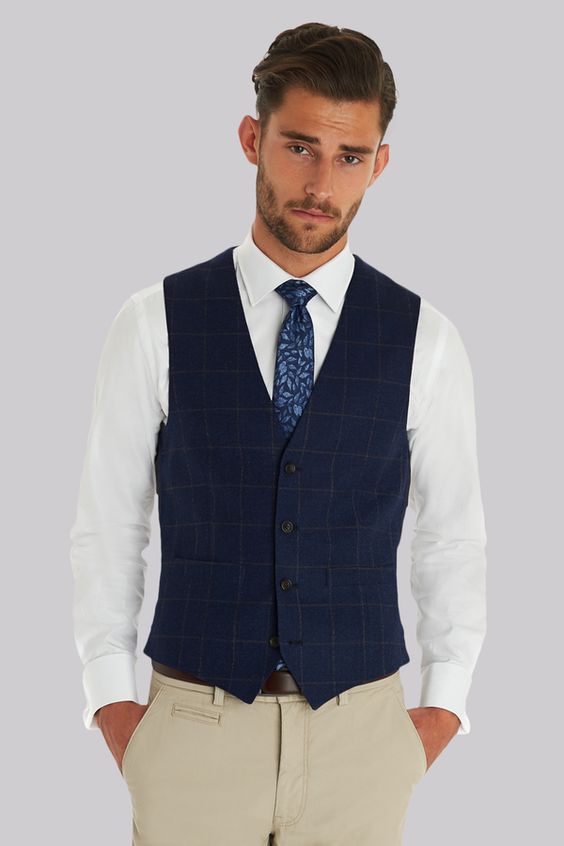
Leno weave
Leno weave is a lightweight type of open weave mesh. The warp threads do not lie parallel to one another, instead they criss cross over each other which forms loops, providing space for the weft yarn to go through. Note that one warp yarn always crosses above the other warp yarn and so they are not twisted around each other. The interlacing points between the sets of warp threads and between the warp and the weft makes it a durable and strong structure. Because of the openness of the weave, it has a sheer effect in that the material can be partially seen through and this also allows for light and air to pass through.
Leno weave fabrics include:
Gauze| Net| Tuelle
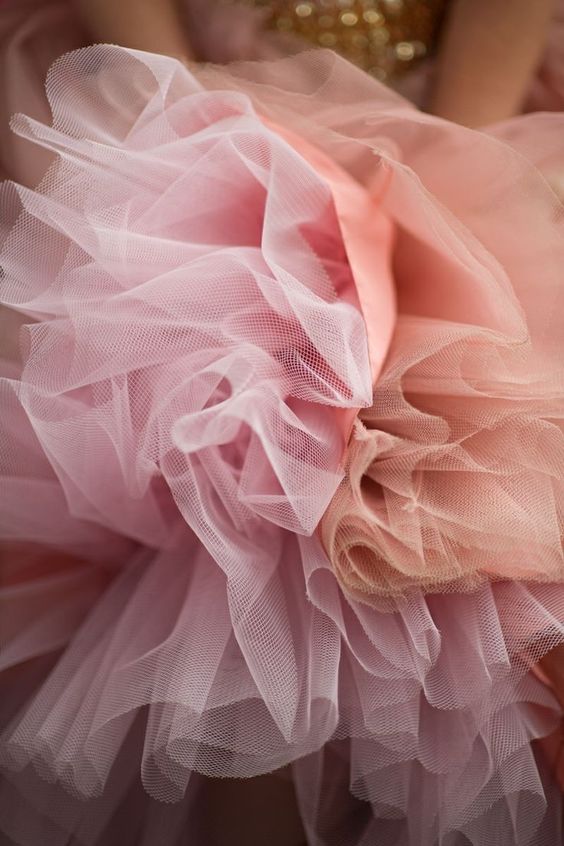
Dobby weave
Dobby weave fabrics are made on a dobby loom and usually uses more than one colour because it always weaves some sort of geometric pattern into the fabric. This fabric construction is complex due to the combining of several weaving methods to make the geometric patterns which is achieved by the machine selectively interlacing the warp and the weft.
Dobby weave fabrics include:
Birdseye cotton| Moss crepe| Matelasse| Baranthea
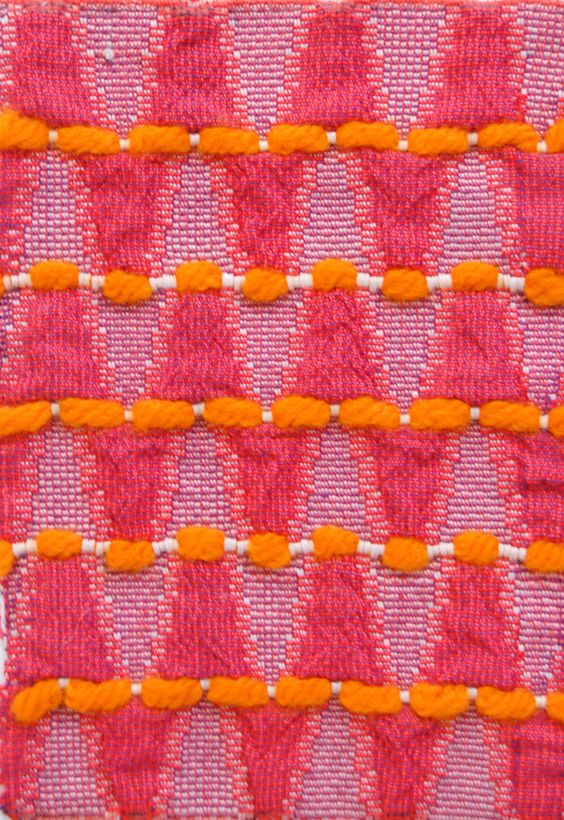
Jacquard weave
Jacquard is the most complex type of weaving and also the most time consuming to produce. Woven on a jacquard loom, it can make a vast amount of patterns which resemble embroidery and hand woven fabrics. The way that the jacquard loom does this is by giving the manufacturer greater control over the warp thread to make textured fabrics. Lots of fibres can be used in jacquard fabrics such as viscose, silk, spandex, polyester, wool and rayon.
The three main jacquard fabrics are:
Damask| Brocade| Tapestry
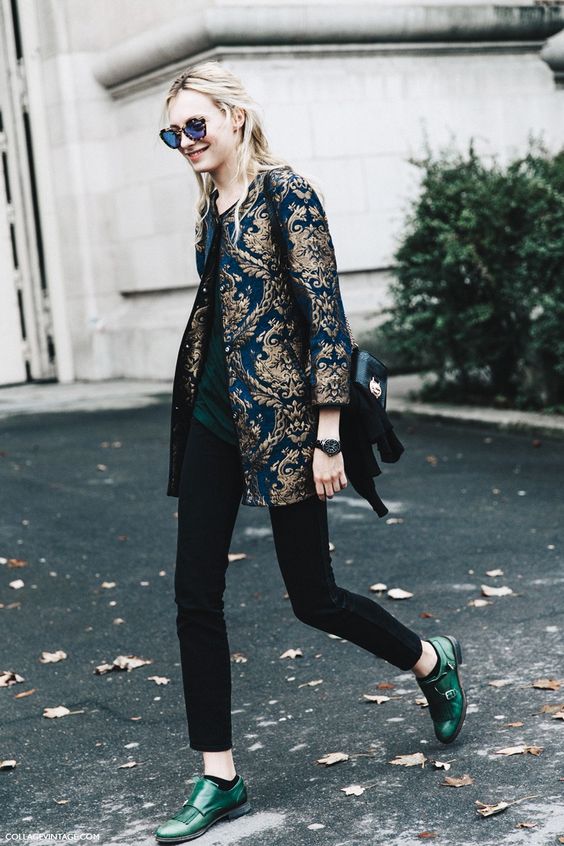
Velvet weave
Velvet is a woven fabric which is often confused with other names such as velveteen and many knitted fabrics. Velvet is a pile fabric meaning that yarns stand up from the back cloth which is made by cutting the warp loops during the weaving process to form the pile. The construction of the velvet pile weave causes it to have a nap meaning that velvet fabric has to be pattern cut and constructed with all fabric pieces lying in the same direction otherwise sections of fabric will look noticeably different shades because of the way the surface reflects light. Various types of velvet are usually made from adding finishes such as crushed velvet which has been purposely crushed so that the fabric reflects more light. Two-colour velvet can be made by using a different colour yarn for the back cloth to the standing pile.
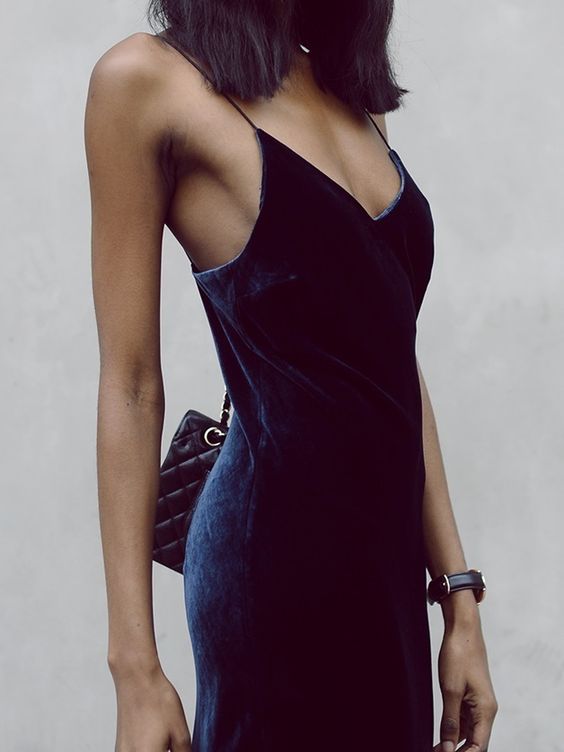
Fabric UK is your destination for all types of fabric. Whether you’re searching for fabric samples or purchasing by the meter, we make it easy to find exactly what you need.
You can order: Samples, Wholesale, Fabric by the meter
Fill Form for Free fabric samplesSimply visit our website at fabricuk.com or call us directly at 0121 359 2349 for any questions or inquiries.
Visit Our Fabric Showroom
Feel free to visit our fabric showroom anytime – no appointment is necessary!
KBT LTD, Carlton Business Centre, 132 Saltley Road, Birmingham, B7 4TH, United Kingdom
Email Us:
You can reach us at: info@fabricuk.com
Showroom Hours:
- Monday – Friday: 9:30 am – 6:00 pm
- Saturday: 10:00 am – 5:00 pm
